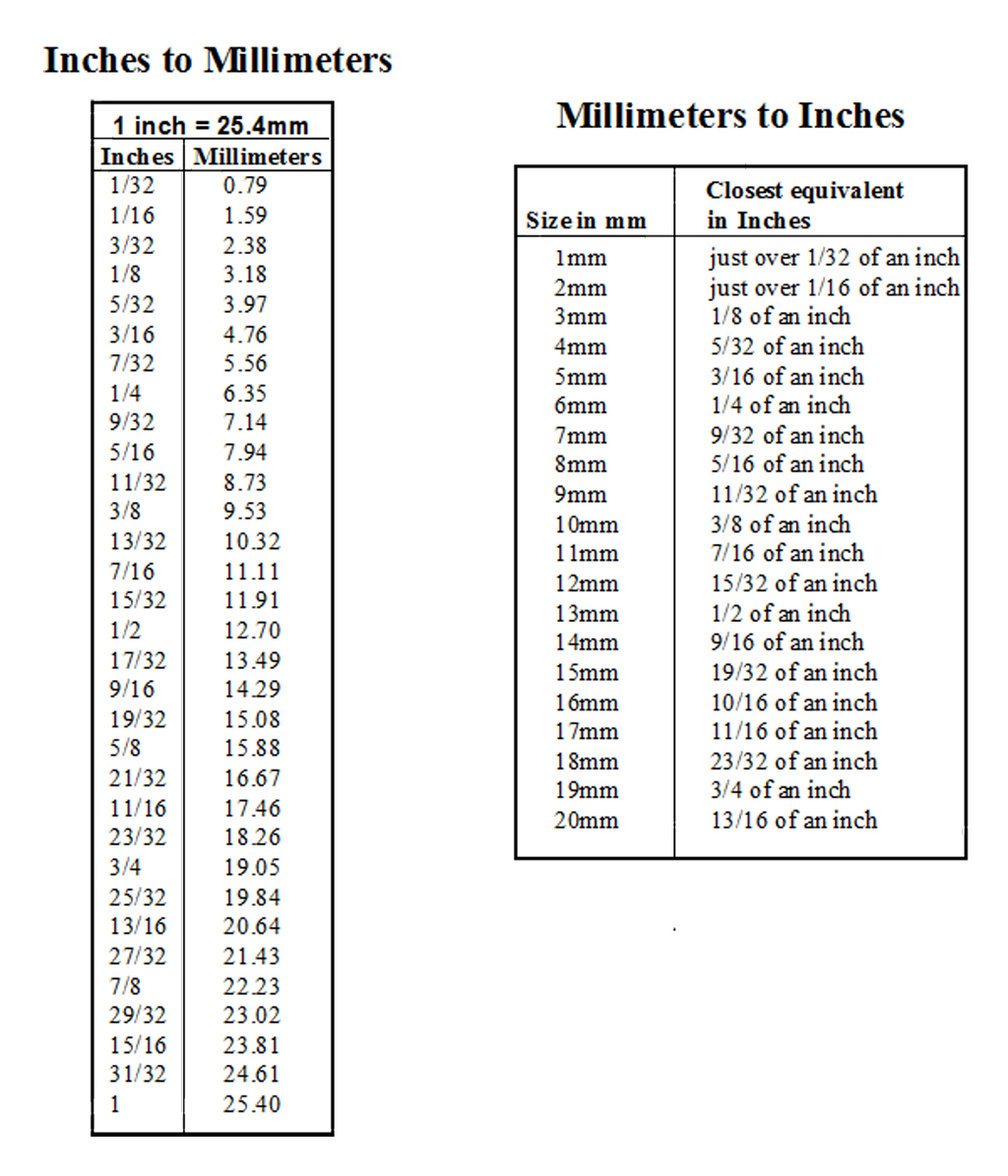1 Inch 3/8 Conversion: A Simple Guide

Welcome to our comprehensive guide on the often-misunderstood topic of converting lengths from one unit to another, specifically focusing on the conversion of 1 inch to 3/8 inch (or 1 inch to 0.375 inches). While this may seem like a simple task, accurate conversions are essential for various industries and everyday tasks, from construction and engineering to cooking and crafting. This guide will delve into the intricacies of this conversion, providing you with a thorough understanding and the tools to perform it accurately.
Understanding the Conversion

Converting units of measurement is a fundamental skill, especially in fields that rely on precise measurements. In the case of converting 1 inch to 3⁄8 inch, we are essentially reducing the length by a factor of approximately 2.667, which is the result of dividing 1 by 0.375 (or 3⁄8 as a decimal). This conversion is particularly useful when working with materials that require precise adjustments or when following recipes that call for specific measurements.
The Math Behind the Conversion
Let’s break down the conversion mathematically. When we have 1 inch, we are dealing with a length that is 1⁄12 of a foot, which is a standard unit of length in the imperial system. On the other hand, 3⁄8 inch is 3⁄8 of an inch, which is a fraction of the same unit. To convert 1 inch to 3⁄8 inch, we simply multiply the original length by the conversion factor, which is 0.375 (or 3⁄8 as a decimal):
1 inch x 0.375 = 0.375 inches
This conversion is essential for maintaining accuracy, especially when dealing with intricate designs or delicate materials. It ensures that the final product meets the desired specifications and avoids any potential errors that could arise from incorrect measurements.
Practical Applications
The 1 inch to 3⁄8 inch conversion finds its application in various scenarios. In construction, for instance, it might be necessary to adjust the thickness of a wall or a layer of insulation. In woodworking, this conversion could be crucial for creating precise joints or fitting pieces together seamlessly. Even in baking, where accurate measurements are key to achieving the perfect texture and taste, this conversion could come in handy when scaling recipes or adjusting ingredient quantities.
| Unit | Conversion |
|---|---|
| 1 inch | 0.375 inches (3/8 inch) |
| 1 inch | 2.54 centimeters |
| 1 inch | 25.4 millimeters |

Common Misconceptions and Challenges

While the 1 inch to 3⁄8 inch conversion may seem straightforward, it can present challenges, especially for those unfamiliar with fractions and decimal conversions. One common misconception is that the conversion factor is always the same for all units, which is not the case. Different units have unique conversion factors, and it’s essential to use the correct one to avoid errors.
Dealing with Fractions
Fractions can sometimes be a hurdle when performing conversions. For instance, when dealing with 3⁄8 inch, it’s important to understand that this represents three eighths of an inch, not simply 3 inches. This misunderstanding can lead to incorrect calculations. To ensure accuracy, it’s beneficial to practice converting various fractions to their decimal equivalents, especially when working with units like inches, feet, and yards.
The Impact of Inaccurate Conversions
Inaccurate conversions can have significant implications, especially in industries where precision is paramount. For example, in engineering, a small miscalculation could lead to structural issues or safety hazards. In manufacturing, it might result in wasted materials or poorly fitting components. Therefore, it’s crucial to approach conversions with attention to detail and a solid understanding of the underlying principles.
Tools for Accurate Conversions
To ensure accuracy in your conversions, several tools are available. One of the most accessible and reliable is the online converter, which can quickly convert various units, including inches, feet, and yards, to their metric equivalents and vice versa. These converters often provide a range of units to choose from, ensuring versatility in your measurements.
Using Conversion Charts
Conversion charts are another valuable resource for those who prefer a more visual approach. These charts typically list various units and their equivalents, making it easy to find the desired conversion. For instance, a chart might list 1 inch as equivalent to 0.375 inches (or 3⁄8 inch), 2.54 centimeters, or 25.4 millimeters. Having a physical chart or bookmarking an online version can be handy for quick references during projects.
Mobile Apps for On-the-Go Conversions
In today’s digital age, mobile apps have become an indispensable tool for conversions. Many apps offer user-friendly interfaces and a wide range of conversion options, including length, weight, and volume. These apps are especially convenient for those working in the field, as they provide instant access to accurate conversions without the need for internet connectivity.
Conclusion: The Importance of Accurate Conversions
In conclusion, the conversion of 1 inch to 3⁄8 inch is a fundamental skill that finds application in numerous industries and everyday tasks. By understanding the math behind the conversion and utilizing the right tools, you can ensure accuracy in your measurements. Whether you’re a professional in a field that relies on precise measurements or an enthusiast working on a DIY project, accurate conversions are key to achieving successful outcomes.
What is the conversion factor for 1 inch to 3⁄8 inch?
+The conversion factor for converting 1 inch to 3⁄8 inch is approximately 0.375. This is because 3⁄8 inch is equal to 0.375 inches when converted to a decimal.
How do I ensure accuracy when converting units of measurement?
+To ensure accuracy when converting units of measurement, it’s crucial to use the correct conversion factor for the specific units involved. Additionally, double-checking your calculations and using reliable conversion tools or charts can help minimize errors.
Can I use a calculator for conversions?
+Absolutely! Calculators are an excellent tool for performing conversions. They provide a quick and accurate way to calculate the desired conversion, especially when dealing with complex fractions or decimal equivalents.



